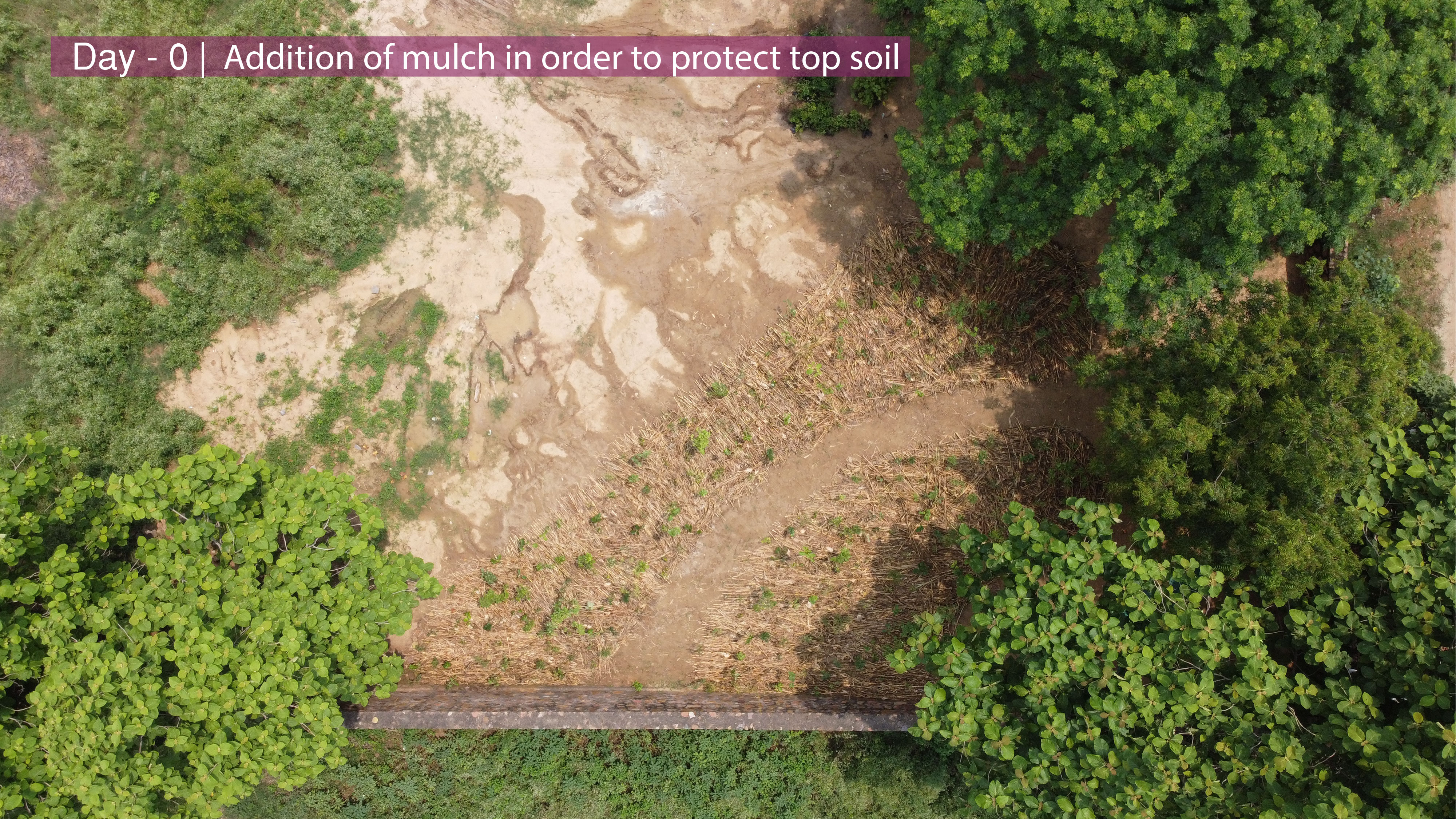FARM - A DIGITAL INVENTORY
A New Chapter
Since the global south is a sensitive stakeholder in this complex setting, it is essential for a growing economy such as that of India’s to step into the right mould. For which it has several ambitious pledges to the Paris Agreement, wherein it will reduce 33-35% of the emissions intensity of its economy by 2030. It also plans for a third of its geographical area to be under tree cover in the same timeframe. That implies an increase of 30 million hectares of tree cover from 24% in 2013 (79m hectares).
It is inevitable that a heavy volume of trees is to be planted within this decade, which can not be executed just by the governmental organisations and the NGOs. A model of afforestation needs to be developed which is lucrative as well as provides incentives at all layers of its supply chain.
Therefore the concept of microforest systems developed by Akira Miyawaki presents a perfect answer to one of the most significant global challenges today. In such a microforest, one can densely place a high number of saplings in a very small area. Usually more than 3 saplings per sq.m allows us to develop a microforest in a backyard as small as 100 sq.m.
Layers of Micro-Forest




A densely planted microforest flourishes due to symbiotic competition between layers of species like shrubs, sub-trees, trees and canopy. When various species compete for the same resources, they end up growing faster whilst attracting local biodiversity around it. Moreover, it creates a healthy micro ecosystem and has the potential to answer the climate crisis in an unprecedented way.








